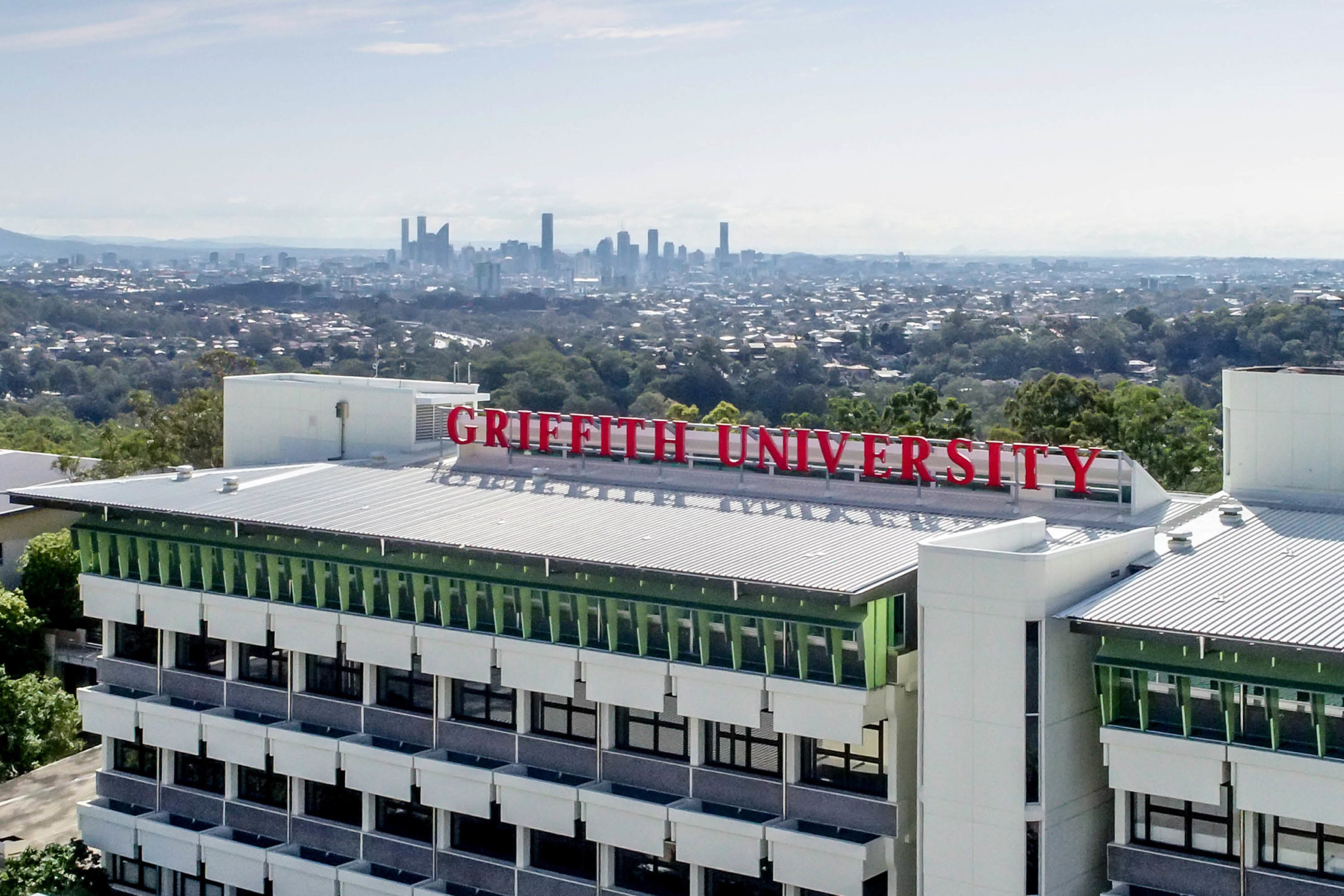
Griffith University has entered into an agreement with CS Energy which will ensure 50 percent of its electricity needs are provided by renewable power sources from next year.
Across all campuses, Griffith uses about 60 million kilowatt hours annually, contributing to around 70% of the University's total carbon footprint.

Chief Operating Officer Peter Bryant said sustainability was a key focus for the University.
"Griffith's commitment to environmental sustainability is an important aspect of the University's culture and values and one of the key actions in our Strategic Plan 2020-2025 is the development and implementation of plans to halve the level of our 2010 carbon emissions by 2030," he said.
"This landmark deal to purchase clean and affordable green energy ensures we are well on track to achieve this, in alignment with the recommendations of the Intergovernmental Panel on Climate Change."
The deal took some time to come to fruition, with Griffith and two other Queensland universities joining forces to cost effectively procure a reasonable percentage of renewable energy in a market where wholesale green power has proven cost prohibitive until now.
The renewable power will be provided by the Columboola Solar Farm, which is being built between Chinchilla and Miles in the Western Downs region of Queensland.
Construction is expected to start soon and is due for completion late next year.
"This is a significant step for Griffith and ensures that once the solar farm is operational, we will be able to access 50% of our power needs from renewable sources," Peter Bryant said.
"In addition, by supporting a provider located within Queensland, we are contributing to increasing the percentage of renewable power available via the grid in the state."
The new solar farm will reportedly feature bi-facial solar panels, and single axis tracking system and is expected to produce 450 gigawatt hours a year.
"Griffith has made significant progress towards our environmental sustainability goals since 2019 and this energy deal complements initiatives already underway to meet Griffith's strategic 'Green Goals' by 2025," Peter Bryant said.
"These include the Griffith Climate Change Response Program, which is leading the way on research in climate change adaptation and mitigation, offering new postgraduate teaching programs with a focus on sustainability and the opening of an international hub for researchers fighting climate change and infectious disease outbreaks.
"We have also implemented various transport, energy saving and conservation management strategies across our campuses aimed at reducing our carbon emissions, including meaningful changes like the Sustainable Paper Procurement Initiative, which has seen the University's paper consumption of 100% recycled sources rise from 19% to 41%, with the goal to eliminate the use of non-recycled paper."






